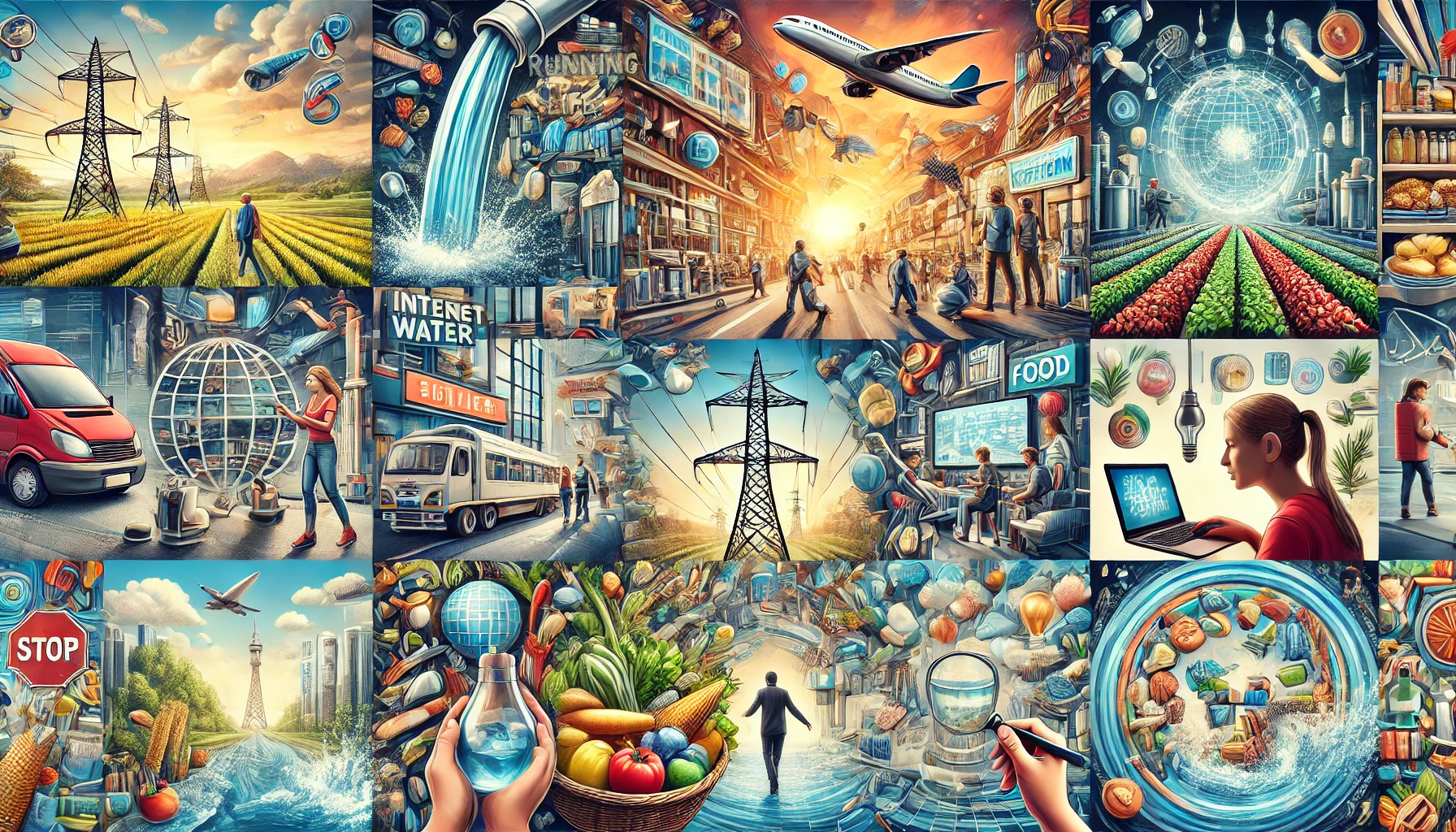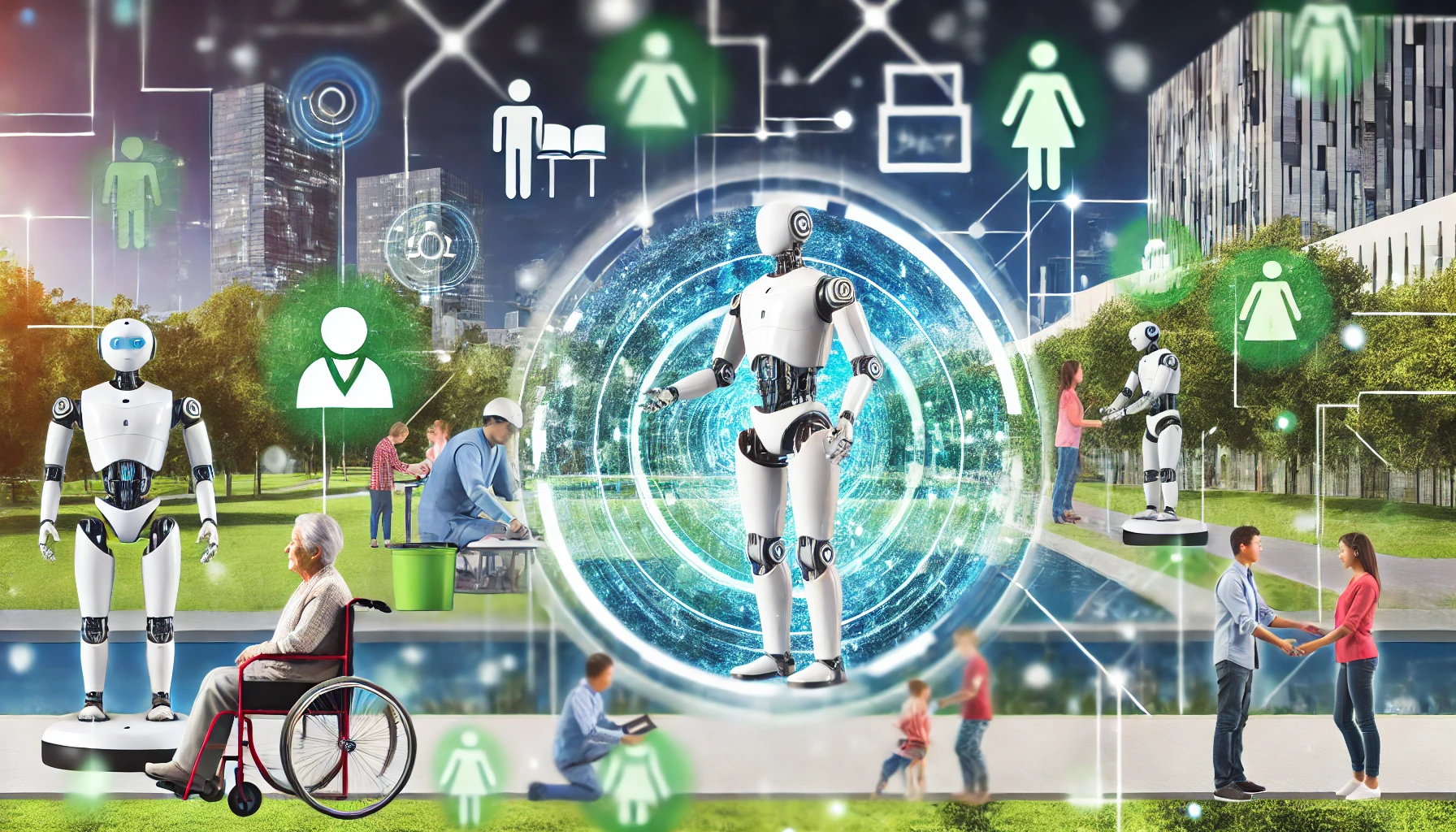
The Top 50 Things We Take for Granted Today: A Profound Reflection on Modern Life and the Pursuit of True Happiness
Introduction:
Hey there, my brilliant and insightful friends! Today, I want to take you on a journey that delves deep into the nature of our modern lives. We live in an era of unparalleled comfort and convenience, often forgetting just how blessed we are compared to those who lived 75 years ago.
By reflecting on the top 50 things we take for granted today, we can awaken to the true value of our lives and cultivate a deeper sense of gratitude and fulfillment. So, let’s dive in and explore how we can shift our perspective, enrich our lives, and embrace a more profound sense of appreciation.
The Top 50 Things We Take for Granted Today:
- Instant Communication: The ability to instantly connect with anyone, anywhere in the world, through smartphones, email, and social media is a marvel. Imagine trying to explain this to someone 75 years ago—they’d think it’s magic!
- High-Speed Internet: We have access to a vast universe of information at our fingertips. From learning new skills to streaming our favorite shows, the internet has revolutionized our lives.
- Electricity: Reliable power for lighting, heating, cooling, and running our gadgets is something we rarely think about. Yet, it underpins nearly every aspect of modern life.
- Running Water: The availability of clean, safe water for drinking, cooking, and sanitation is a luxury many around the world still lack. Appreciating this simple yet essential resource can be life-changing.
- Modern Medicine: Advanced healthcare, vaccines, and treatments for various illnesses mean we live longer, healthier lives. We often forget how many lives these advancements save daily.
- Refrigeration: The ability to preserve food and reduce waste has transformed how we eat and live. It’s a small miracle that keeps our food fresh and our lives convenient.
- Central Heating and Air Conditioning: Climate control for comfort in all seasons is something we take for granted, but it makes a massive difference in our daily lives.
- Automobiles: Personal transportation offers freedom and convenience. Imagine life without the ability to travel quickly and easily.
- Public Transportation: Buses, trains, and subways provide affordable travel options, making cities more accessible and reducing our carbon footprint.
- Supermarkets: The sheer variety of food and household goods available at our local store is astounding. We rarely consider the complex supply chains that make this possible.
- Fast Food: Quick, convenient meals are a staple of modern life. While not always the healthiest option, they save time and effort.
- Online Shopping: The convenience of purchasing goods from the comfort of our homes is something previous generations could only dream of.
- Entertainment Streaming: Movies, TV shows, and music on demand have changed how we consume media. No more waiting for a specific time slot or dealing with commercials!
- Educational Resources: Access to online courses and educational materials has democratized learning, allowing anyone to acquire new skills and knowledge.
- Digital Banking: Online banking, ATMs, and electronic transactions have made managing our finances easier and more secure.
- GPS Navigation: Getting lost is a thing of the past with turn-by-turn directions and location tracking. It’s like having a personal guide in your pocket.
- Social Media: Platforms for sharing, connecting, and networking have changed how we interact with the world and each other.
- Personal Computers: These powerful devices are essential for work, education, and entertainment. It’s hard to imagine life without them.
- Home Appliances: Dishwashers, washing machines, and dryers save us countless hours of labor, freeing up time for other pursuits.
- Electric Vehicles: Environmentally friendly transportation options are becoming more accessible, helping us reduce our carbon footprint.
- Smart Home Technology: Devices that automate and enhance home living add convenience and efficiency to our daily routines.
- Fitness Trackers: Wearable technology for monitoring health and fitness encourages us to stay active and healthy.
- Electric Lighting: Safe and efficient illumination allows us to extend our productive hours and enjoy our evenings.
- Food Delivery Services: Convenient meal delivery from a variety of restaurants makes it easy to enjoy our favorite foods without leaving home.
- Remote Work: The ability to work from anywhere with an internet connection offers flexibility and work-life balance.
- Vaccinations: Immunizations prevent deadly diseases and save millions of lives each year. This is something we should all be profoundly grateful for.
- Public Libraries: Free access to books, media, and educational programs enriches our communities and fosters lifelong learning.
- Online Learning Platforms: Resources for skill development and lifelong learning are more accessible than ever before.
- Voice Assistants: AI-powered devices that perform tasks and answer questions add a layer of convenience to our daily lives.
- Online Reservations: Booking travel, hotels, and events online simplifies planning and allows for better deals.
- Cloud Storage: Secure and accessible storage for digital files means we can keep important documents and memories safe.
- Mental Health Services: Access to counseling and therapy has become more widespread, reducing stigma and improving lives.
- Water Filtration Systems: Clean drinking water at home is a fundamental necessity that many still lack globally.
- Television: A wide range of programming for entertainment and information is something we take for granted but greatly enriches our lives.
- Public Parks: Green spaces for recreation and relaxation contribute to our physical and mental well-being.
- Curbside Recycling: Convenient waste management and recycling programs help us protect the environment.
- Smartphones: Multifunctional devices that combine communication, entertainment, and productivity are indispensable in our modern lives.
- Streaming Music Services: Access to vast libraries of music enhances our daily experiences and emotional well-being.
- Automated Customer Service: Efficient support for various services makes resolving issues faster and easier.
- E-books and Audiobooks: Digital formats for reading and listening make literature more accessible and convenient.
- Emergency Services: Quick response from police, fire, and medical personnel saves lives and ensures public safety.
- Online Communities: Virtual spaces for support, interest groups, and socializing enrich our lives and foster connections.
- Advanced Prosthetics: Improved quality of life for individuals with limb loss through innovative technology.
- Solar Panels: Renewable energy sources for homes and businesses help reduce our environmental impact.
- Modern Agriculture: Efficient techniques ensuring food security and sustainability.
- Renewable Energy: Sustainable power sources like wind and solar.
- Advanced Manufacturing: Production techniques that increase efficiency and reduce waste contribute to economic growth and environmental protection.
- Diverse Food Options: Access to global cuisines and dietary choices enhances our culinary experiences and health.
- Online Dating: Platforms for meeting potential partners have revolutionized how we find love and companionship.
- Healthcare Access: Comprehensive healthcare services improve our quality of life and longevity.
Shifting Our Perspective:
While it’s clear we enjoy many conveniences today, our relentless pursuit of more can lead to a perpetual cycle of desire and temporary fulfillment. This hermetic sense of self – the belief that we must constantly seek external comfort and happiness – often leaves us feeling empty and dissatisfied.
Here are some ways to change this mindset:
Mindful Awareness: Practice mindfulness to become more present and appreciative of the simple joys in life.
Gratitude Journaling: Regularly write down things you are grateful for to foster a deeper appreciation.
Education: Learn about the history and development of modern conveniences to gain perspective.
Volunteering: Engage in community service to shift your focus from what you lack to what you can give.
Disconnecting: Periodically unplug from technology to appreciate simpler pleasures.
Reflection: Reflect on how your life would be different without certain modern amenities.
Thankfulness: Express gratitude verbally and in writing to those who contribute to your well-being.
The Power of Gratitude:
Gratitude is more than just a positive feeling; it is a transformative practice that can profoundly impact our lives.
Mental Health: Gratitude improves mood, reduces stress, and fosters a positive outlook.
Physical Health: Grateful individuals report better physical health and engage in healthier activities.
Relationships: Gratitude strengthens relationships by promoting kindness and understanding.
Resilience: A grateful mindset helps individuals cope with adversity and bounce back from setbacks.
Life Satisfaction: Regular gratitude practice leads to higher overall life satisfaction and happiness.
Going Deeper: The Spiritual Aspect of Gratitude:
Gratitude isn’t just about acknowledging the good in our lives; it’s a spiritual practice that connects us with a higher sense of purpose and being. When we cultivate gratitude, we:
Recognize the Divine in Everyday Life: Every small blessing becomes a testament to the divine presence in our lives.
Foster a Sense of Interconnectedness: We realize that we are part of a larger web of life, where every action and every being has significance.
Awaken to the Abundance Around Us: By shifting our focus from scarcity to abundance, we start to see the world as a place of endless opportunities and blessings.
Practical Tips for Cultivating Gratitude:
Morning Reflection: Start your day with a few minutes of reflection on things you are grateful for.
Gratitude Rituals: Incorporate gratitude rituals into your daily routine, such as saying thanks before meals.
Sharing Gratitude: Share your gratitude with others through words, letters, or acts of kindness.
Gratitude Reminders: Use visual reminders, like sticky notes or digital alerts, to prompt moments of gratitude throughout the day.
Mindful Breathing: During stressful moments, take a few deep breaths and mentally list things you are grateful for.
Conclusion:
Our modern lives are filled with conveniences and comforts that would have been unimaginable 75 years ago. Yet, in our relentless pursuit of more, we often overlook the immense value of what we already have. By cultivating a mindset of gratitude and mindfulness, we can shift from taking things for granted to truly appreciating the abundance in our lives. This shift not only enhances our well-being but also deepens our connection with ourselves, others, and the world around us. So, take a moment today to pause, reflect, and express gratitude for the many blessings in your life. Embrace the power of gratitude and awaken to the richness of your existence.
Remember, it’s not just about recognizing these blessings but also feeling them deeply, integrating this awareness into our daily lives, and sharing this profound sense of gratitude with the world around us. This is the path to a more fulfilled, content, and spiritually enriched life.
Get The Shankara Oracle and dramatically improve your perspective, relationships, authentic Self, and life.













